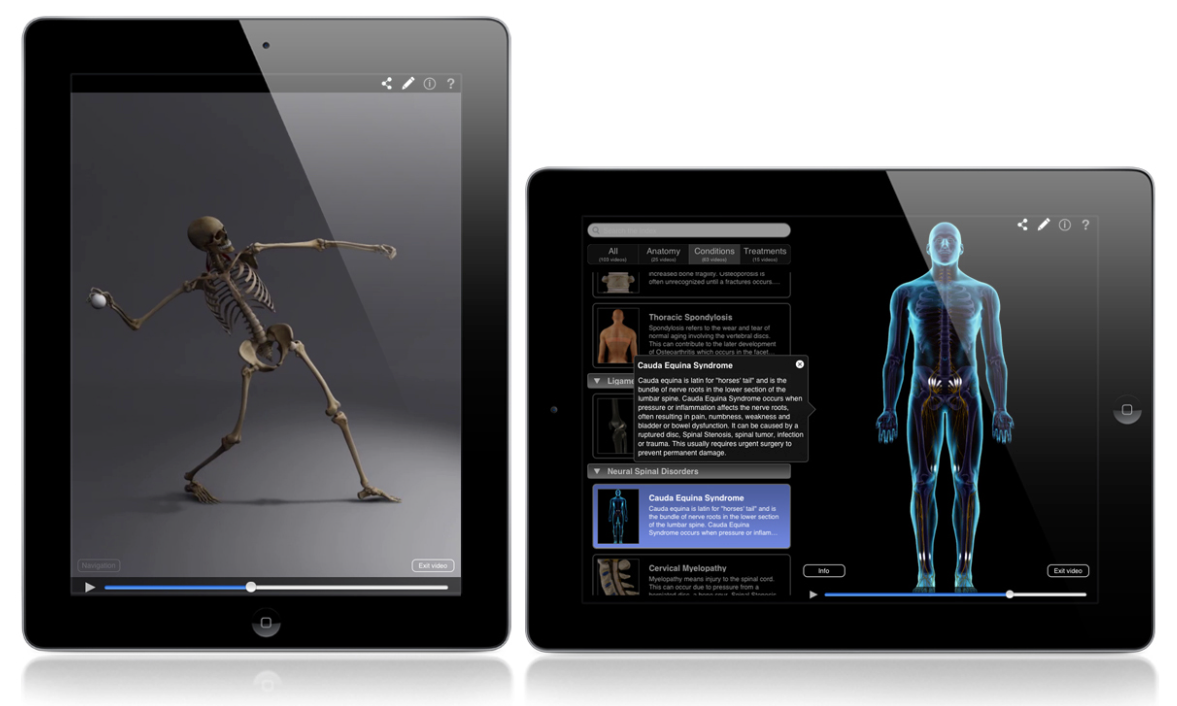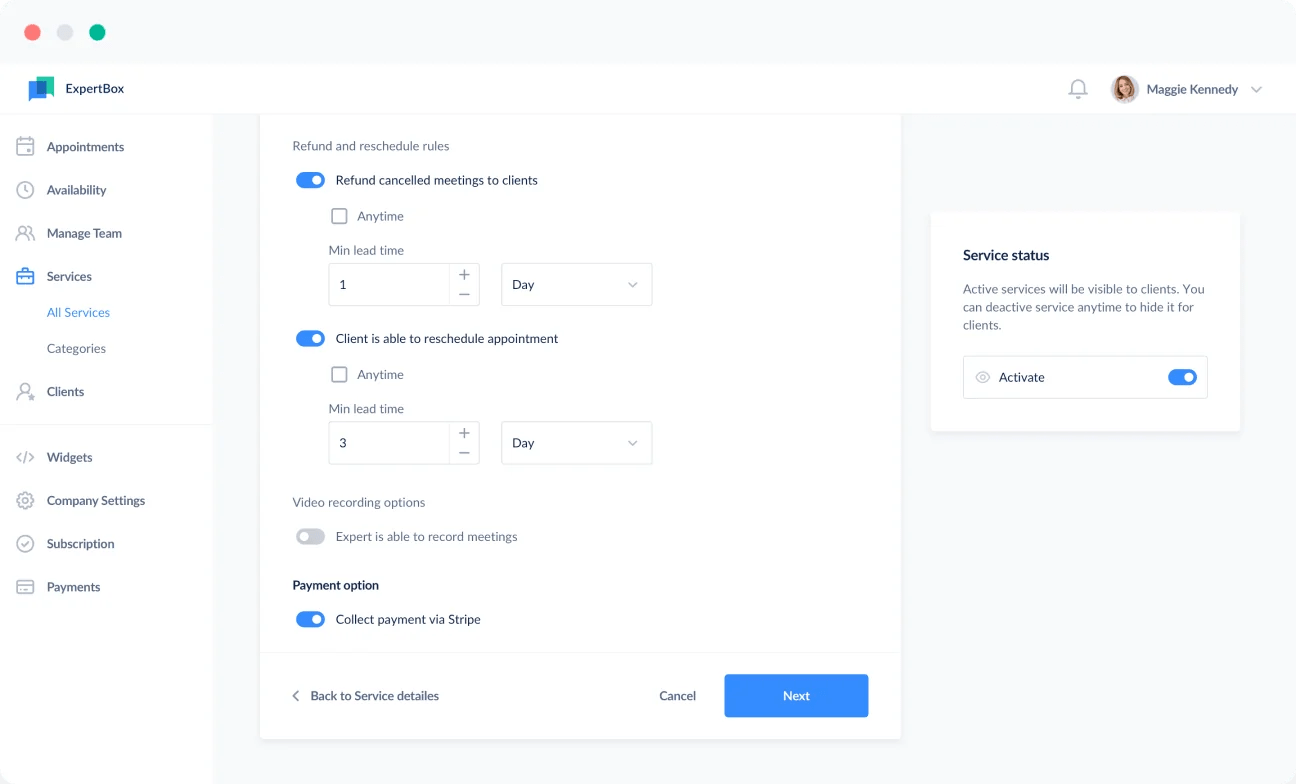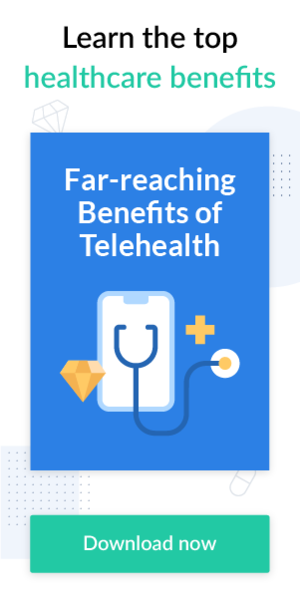To implement technology in healthcare and facilitate care delivery, the Health Information Technology for Economic and Clinical Health Act (HITECH) was issued in 2009 during Barack Obama's presidency as part of the American Recovery and Reinvestment Act (ARRA).
The HITECH Act's main goals were to:
- strengthen the quality, safety, and efficiency of the healthcare system
- engage patients in their healthcare
- improve care coordination
- enhance the health outcomes of the population
- ensure patients' privacy and security
To attain these goals and comply with HITECH requirements, healthcare providers started to adopt new technology, embrace electronic health records, provide more meaningful patient care, and strictly enforce the privacy and security rules of the Health Information Portability and Accountability Act (HIPAA).
Meaningful use of patient data means healthcare providers must show that they are using certified EHR technology in a way that can be quantitatively and qualitatively measured.
Let's explore how technology adoption in healthcare can help providers fulfill these goals and make patient care more affordable, safer, and higher quality. Check out these key benefits of technology for healthcare.
What are the benefits of technology in healthcare?
Here are 7 fundamental benefits of embracing healthcare technology in healthcare:
#1 Improved access to patient medical records
Since medical practices rapidly adopt technological innovations, such as artificial intelligence, wearable devices, machine learning tools, and digital therapy, high-quality and personalized patient care requires healthcare specialists’, including nurses’ and technical specialists’, active involvement and ongoing coordination.
Without joint effort, a healthcare specialist may obtain fragmented and insufficient information about a patient’s health, leading to an inaccurate patient health assessment, diagnosis, and treatment.
Electronic health record (EHR) systems make coordination among healthcare specialists more efficient. Digital health records are organized and structured and can be distributed among healthcare providers involved in patient care so that every authorized healthcare practitioner can keep track of a patient’s health data. This allows physicians to reduce the risk of medical errors and inaccurate diagnoses and care plans.

#2 Telehealth and telemedicine
The AAFP defines telemedicine as “the practice of medicine by healthcare providers using technology to deliver patient care at a distance.
Telehealth plays a crucial role in making medical care more convenient, efficient, and affordable to various patient populations. Telehealth technologies have enabled patients even in remote communities to get professional medical help, diagnoses, and treatment anytime using their smartphones or computers.
Healthcare providers can use telehealth software for:
- annual healthcare check-ups
- real-time remote patient monitoring
- follow-ups to evaluate lab test results
- treatment plan adjustments
- pre- and post-operative check-ups
- routine checks with pregnant women without complications
- geriatric patients who cannot travel to a facility
- mental health counseling
- other needs and tasks
Secure and reliable telehealth software, such as ExpertBox, enables practitioners to treat patients remotely via secure messaging and video calls.
Using telehealth software and electronic health records can give healthcare providers a competitive advantage. Look at how telehealth can benefit specialty care providers as well as healthcare practitioners in rural areas.
In addition, advanced technology supports ongoing online education and training for healthcare providers and other clinical staff, especially those who work in rural locations. Thanks to technology, providers in remote locations can:
- stay up to date on the newest industry trends and therapy approaches
- increase their medical proficiency
- interact with healthcare providers from all around the globe
#3 Fewer human-related medical errors and better health outcomes
No one is immune to making mistakes. However, medical mistakes may harm not only a patient’s health but also the physician’s mental state. Healthcare providers may experience anger, guilt, depression, and decreased self-confidence because of medical errors. Furthermore, medical errors can result in the loss of medical licensure.
Paper-based patient records are now obsolete to efficiently maintain patient data and leave space for human errors. Using electronic health records with a centralized database can help healthcare specialists reduce common data input errors to a minimum and secure patient data.
Also, diagnosing patients using artificial intelligence tools can help healthcare providers reduce errors in identifying diseases and prevent potential threats to patient health.
Moreover, in-depth data analytics facilitate healthcare decision-making and provide actionable insights into how to provide higher quality treatment to patients.
#4 Improved patient education
Patient education is paramount for effective healthcare delivery and better health outcomes, so providers that adopt comprehensive technologies that help boost patients’ knowledge can increase their quality of care. Patients who are continuously educated are more likely to be more involved in their treatment plans and achieve better results.
Modern technologies can offer unique, customizable solutions to cover each patient’s needs.
Here are some use cases of patient education apps:
1. The Mayo Clinic and Apple app provides patients with a clear overview of their medical data by syncing their health records, including lab tests, X-ray images, appointments, and physicians’ notes.

Patients can receive valuable health news and updates while on the go or research health-related data themselves.
2. Orthopedic Patient Education app is an animation-based education app that healthcare professionals use to teach patients about anatomy and orthopedic conditions and treatments, such as joint disorders.
The app’s consultation feature, now only available in the iPad version, enables physicians to draw on animations with the pen tool to underline specific images within the animation and send these images to patients through email.

#5 Decreased costs
Healthcare technologies allow physicians to reduce office-related expenses and risks, optimize their workflows, and improve clinical performance. Here’s how:
- With telehealth, healthcare practitioners can save money on rent, office supplies, maintenance, and equipment. Physicians also do not need to commute to the clinic on a daily basis and waste money and time on transportation.
- Telemedicine allows physicians to help eliminate skipped appointments. Doctors can send automated confirmations and reminders to patients about upcoming visits or regular follow-ups, reducing patient no-shows and preventing profit loss. By using clinical management software by ExpertBox, physicians can also set their own payment and refund policies.
- 3. With the help of telemedicine, healthcare providers can change their schedule to work beyond a 9-to-5 timeframe. Telehealth appointments have no time or geographical barriers, so physicians can get more new patients.

With telemedicine, physicians can do more with less money, reducing operational expenses and facilitating patient engagement. How exactly does it work? Read here to find out.
#6 IoT wearable devices
Wearable devices in chronic illness management help physicians monitor patients’ vital signs, such as blood sugar, blood pressure, oxygen levels, etc. This remote monitoring can increase the quality of care and encourage patients to stick to their treatment plan.
A study by the American Society of Clinical Oncology (ASCO) involved 357 patients with head and neck cancer. One patient group used diagnostic devices such as a Bluetooth-powered blood pressure cuff and a mobile app to regularly track their symptoms. Researchers monitored these patients and reported fewer severe symptoms in those who used the diagnostic devices.
Using sensor-mobile technology to monitor patients during critical peak treatments of outpatient care can provide a timely source of information for clinical decision-making and may ultimately improve quality of life and health outcomes.
Another helpful technology is implantable devices, which are put into a patient’s body to maintain the function of a particular organ or to track vital measurements. Examples of these devices are a pacemaker, cochlear implants (electronic hearing devices), glucose monitoring devices, intraocular lenses, etc.
Also, healthcare providers may use electronic devices to monitor medical equipment, treatment plans, and other clinical services. These technologies may include wireless temperature and humidity sensors, asset tracking, or AI-based tools to analyze data.
#7 Streamlined workflows
Technology adoption improves healthcare decision-making, allowing physicians to effectively coordinate patient care and automate numerous clinical tasks. Using telehealth software, you, as a healthcare professional, can:
- see more patients per day without increasing your working hours,
- cut your administrative burden due to convenient scheduling and booking options,
- and, if you run a clinic, hire part-time healthcare professionals from various locations to provide virtual appointments, increasing your facility’s authority and reputation and saving on employing full-time specialists.
Note: Patients can schedule appointments themselves when it's convenient for them using clinical management software such as ExpertBox. With this software, they can easily access your working schedule via a booking page on your website or social media page and pick a free time slot on your calendar.
Summing up
Technology continues to transform healthcare, from simplifying clinical operations to real-time patient monitoring, ongoing care, and quality education of healthcare providers. Not only do technological innovations help prevent and cure illnesses, but they also improve the quality, efficiency, and accessibility of healthcare services.
Subscribe to our newsletter to learn more useful information about telehealth.
FAQ
-
The HITECH Act of 2009, or Health Information Technology for Economic and Clinical Health Act, is part of the American Recovery and Reinvestment Act (ARRA,) which focused on providing investments needed to increase economic efficiency by introducing technological advances in healthcare.
-
The five HITECH Act goals are the five goals of the US healthcare system:
- strengthen the quality, safety, and efficiency of the healthcare system
- engage patients in their healthcare
- improve coordination of care
- enhance the health outcomes of the population
- ensure patients' privacy and security
-
Here are seven fundamental benefits of embracing healthcare technology:
- Improved access to patient medical records
- Telehealth and telemedicine
- Fewer human-related medical errors
- Improved patient education
- Decreased costs
- IoT wearable devices
- Streamlined workflows




